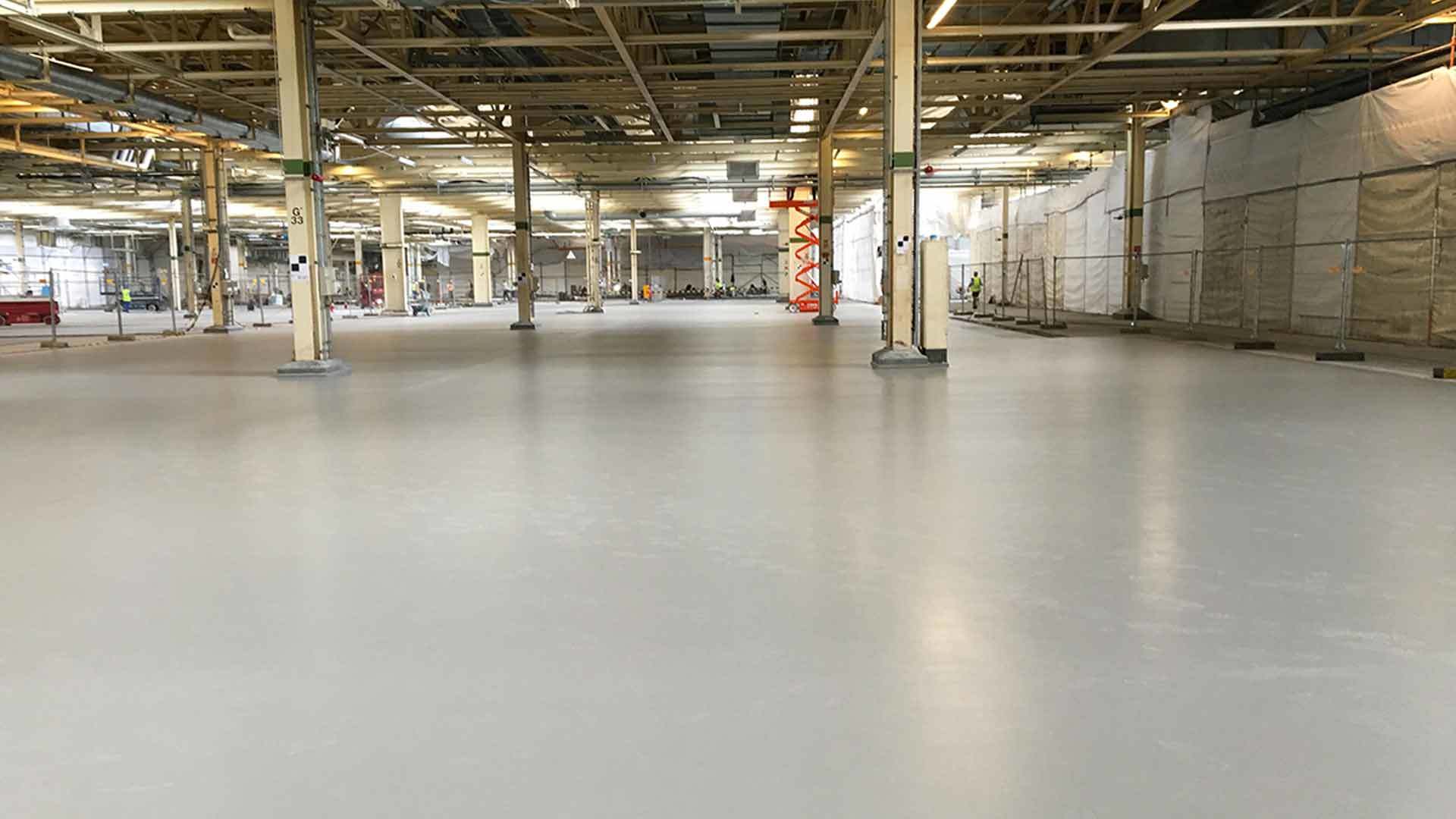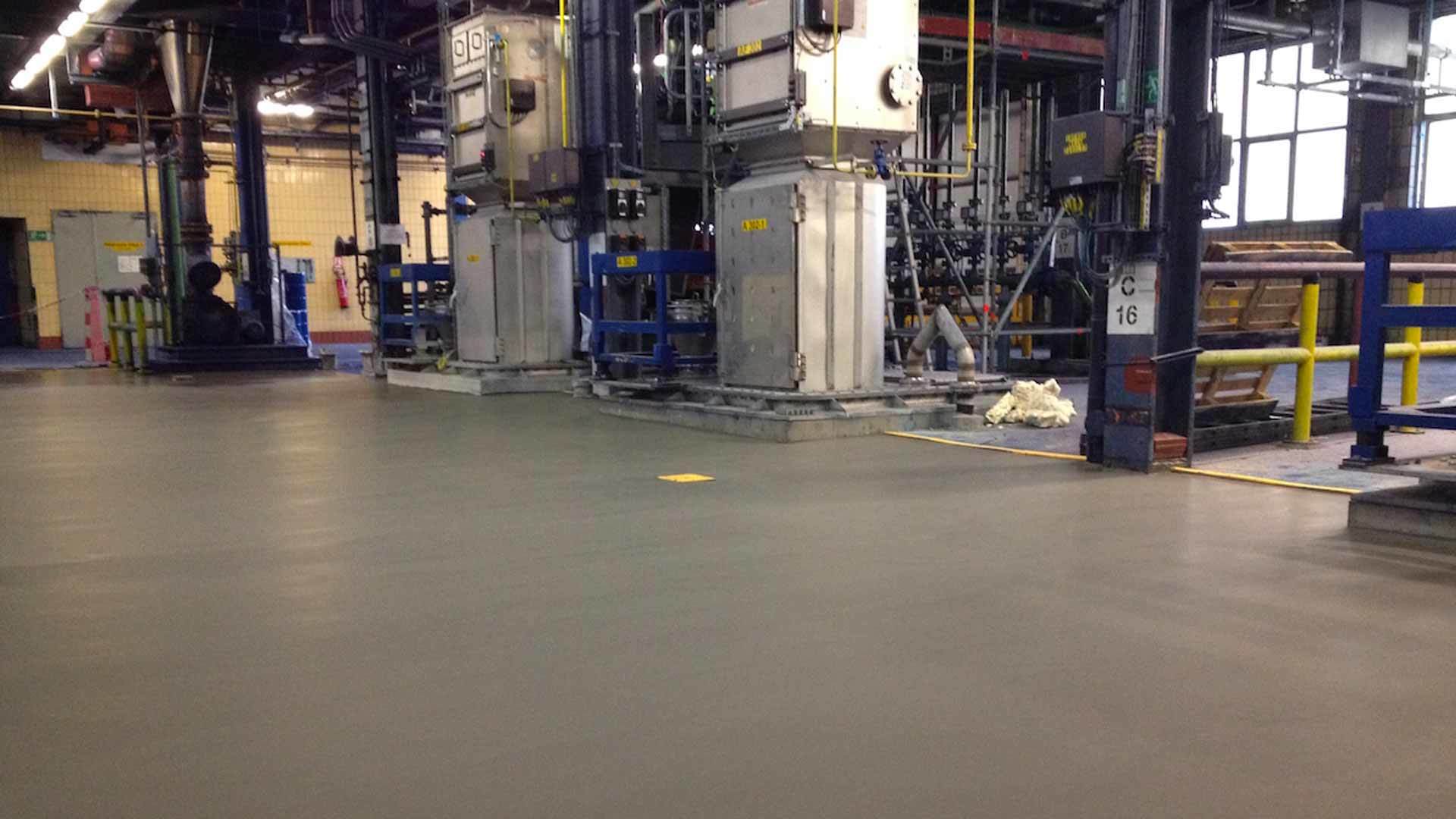DUCON in monument protection: a floor slab for the Einstein Tower in Potsdam
Commissioned by the Babelsberg astrophysicist Erwin Finlay Freundlich and designed and planned by Erich Mendelsohn, the Einstein Tower was opened as an observatory in 1924. The telescope housed in the 20-metre-high tower and the optical laboratory equipped with spectrographs were intended to provide experimental evidence for Einstein's theory of relativity. Today, polarization measurements of sunspots and test measurements for later large-scale devices are carried out there.
Mendelsohn tried to implement a function-oriented form of the tower with the new material reinforced concrete. This led to an "organic" structure that was completely new, but could not be implemented in all areas due to a lack of experience and technology, so that in the end a mixed construction of reinforced concrete and masonry was created; however, in some areas this led to a damaged structural implementation with the consequence of numerous renovations.
As part of the last refurbishment from 2021 to 2023 on behalf other the Wüstenrot Foundation, the entrance terrace in front of the building was given a new floor slab made of 55 mm thin DUCON. The floor slab in this design in accordance with abZ. Z-74.1-89 is not only load-bearing, but also fulfills all the requirements of the Water Resources Act (WHG) with regard to water impermeability. The acidified surface also fulfills the requirements for slip resistance in accordance with assessment group R13.
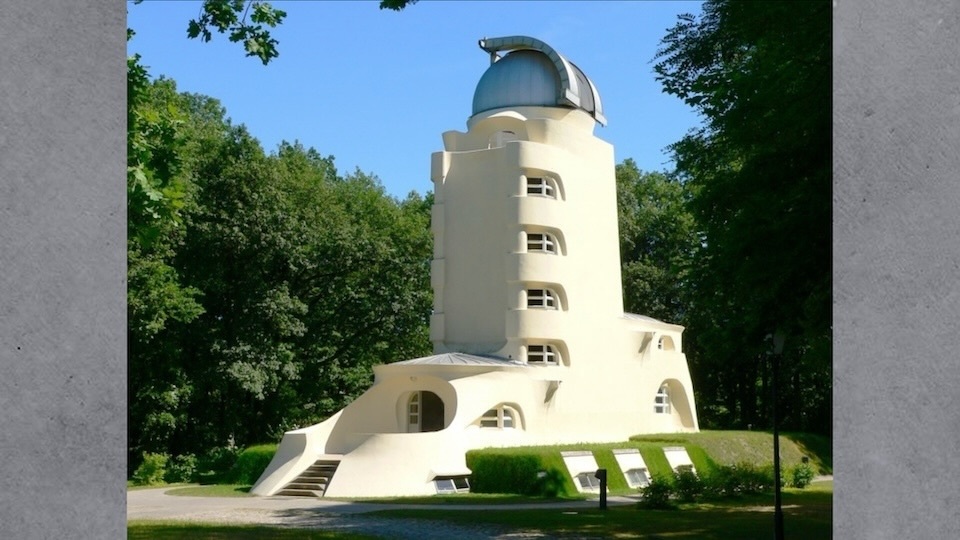
View of Einstein Tower (source: Astrophysikalisches Institut Potsdam)
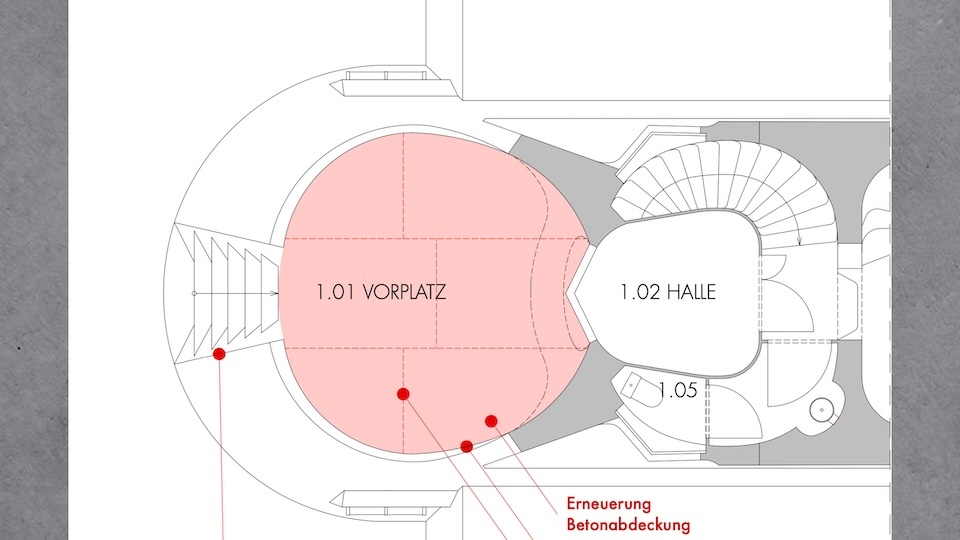
Floor plan of the entrance terrace made from DUCON
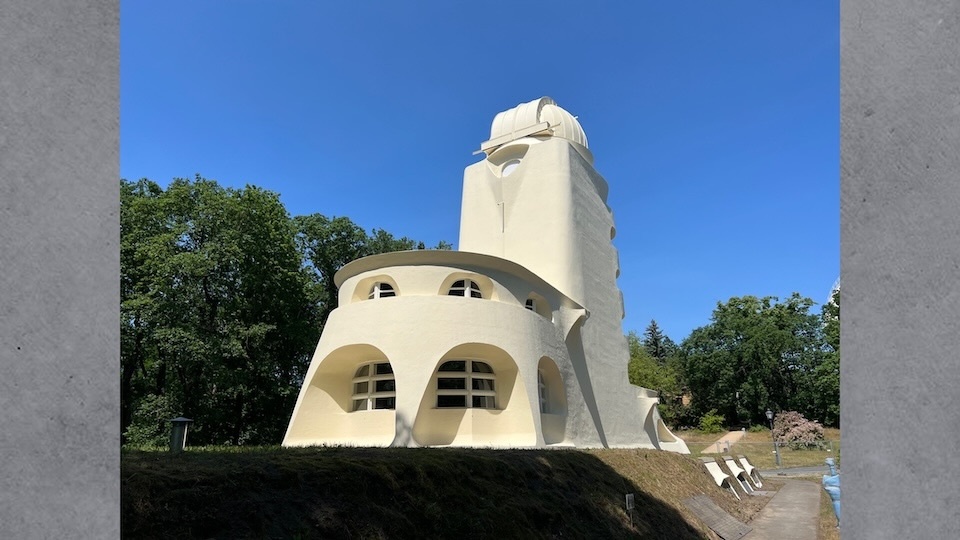
View of the Einstein Tower from behind

Staircase to the entrance terrace with a floor slab made of 60 mm thin DUCON
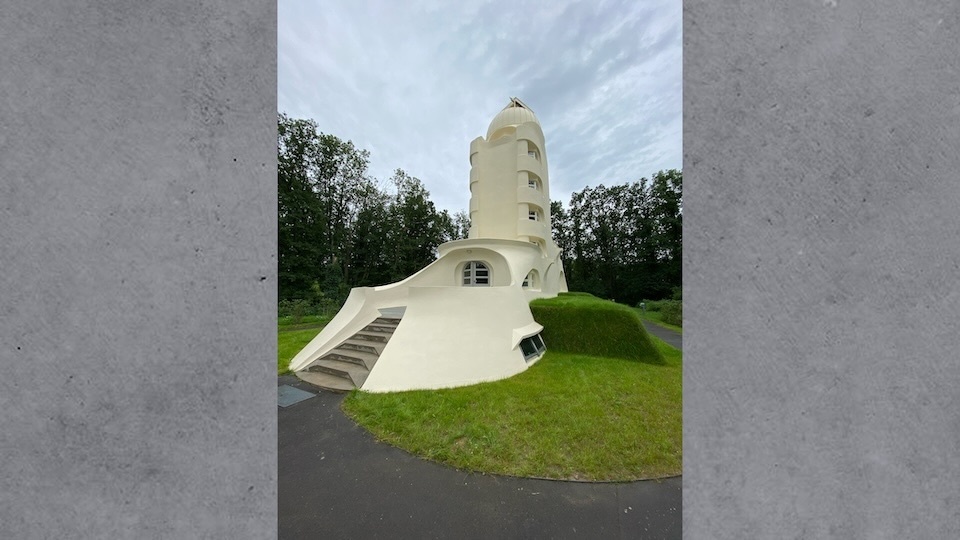
The Einstein Tower Completed shortly before opening

Inauguration on 26 September 2023 (source: Büro Knappheide)


